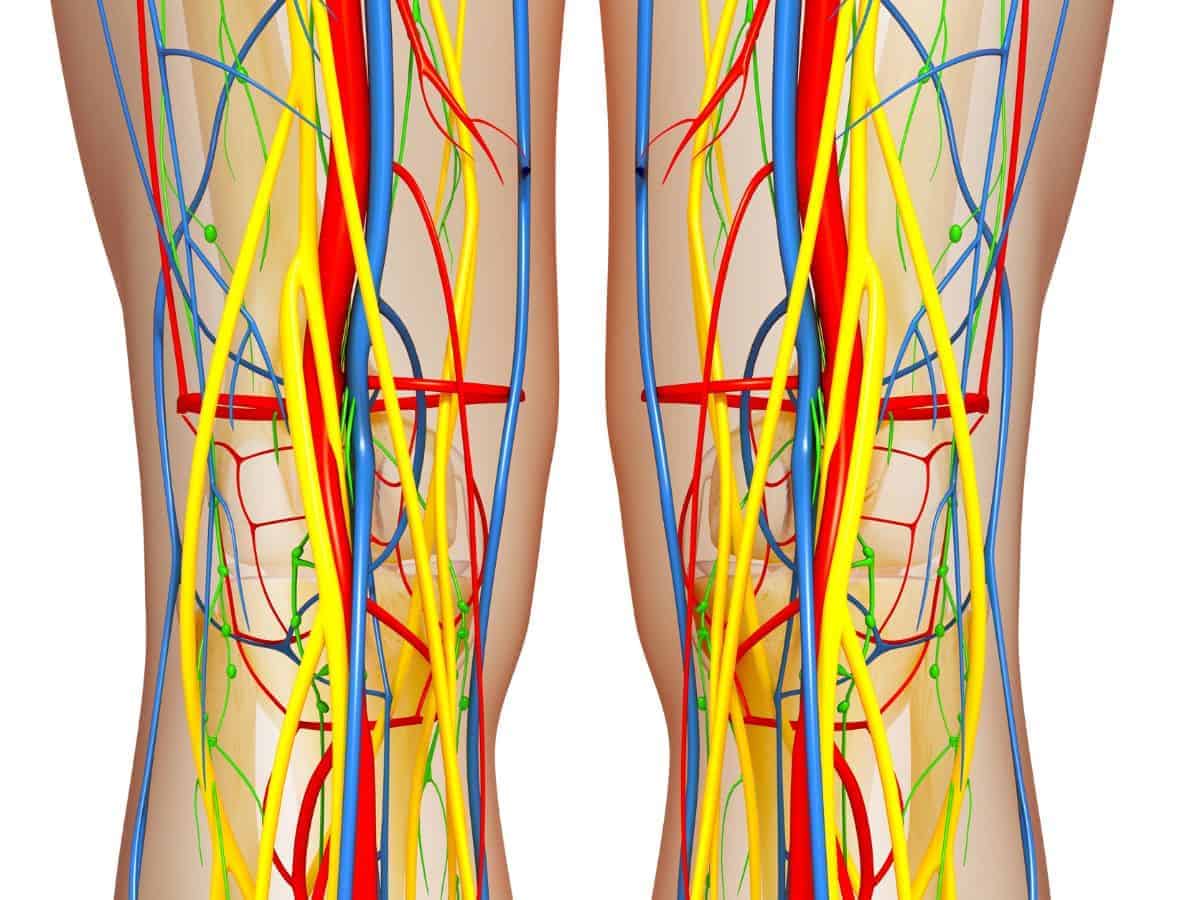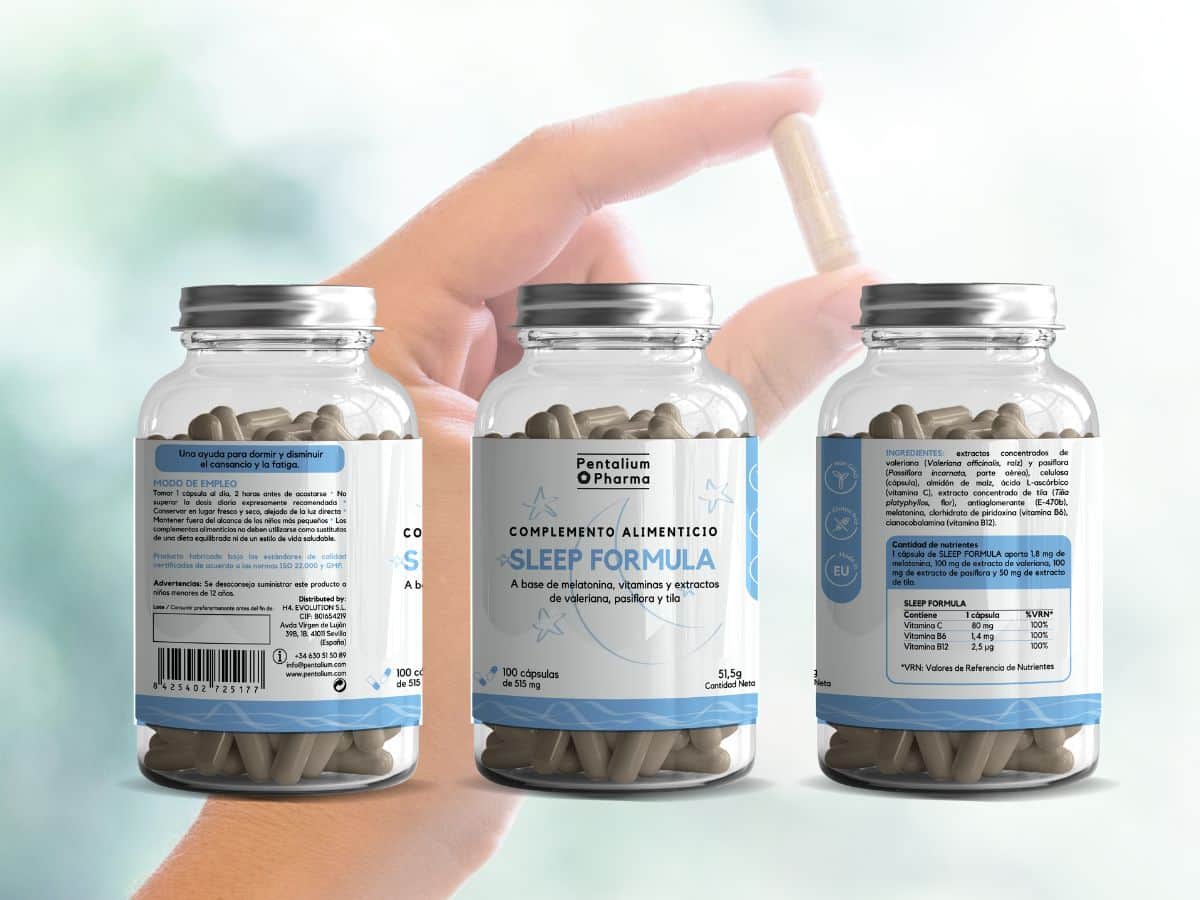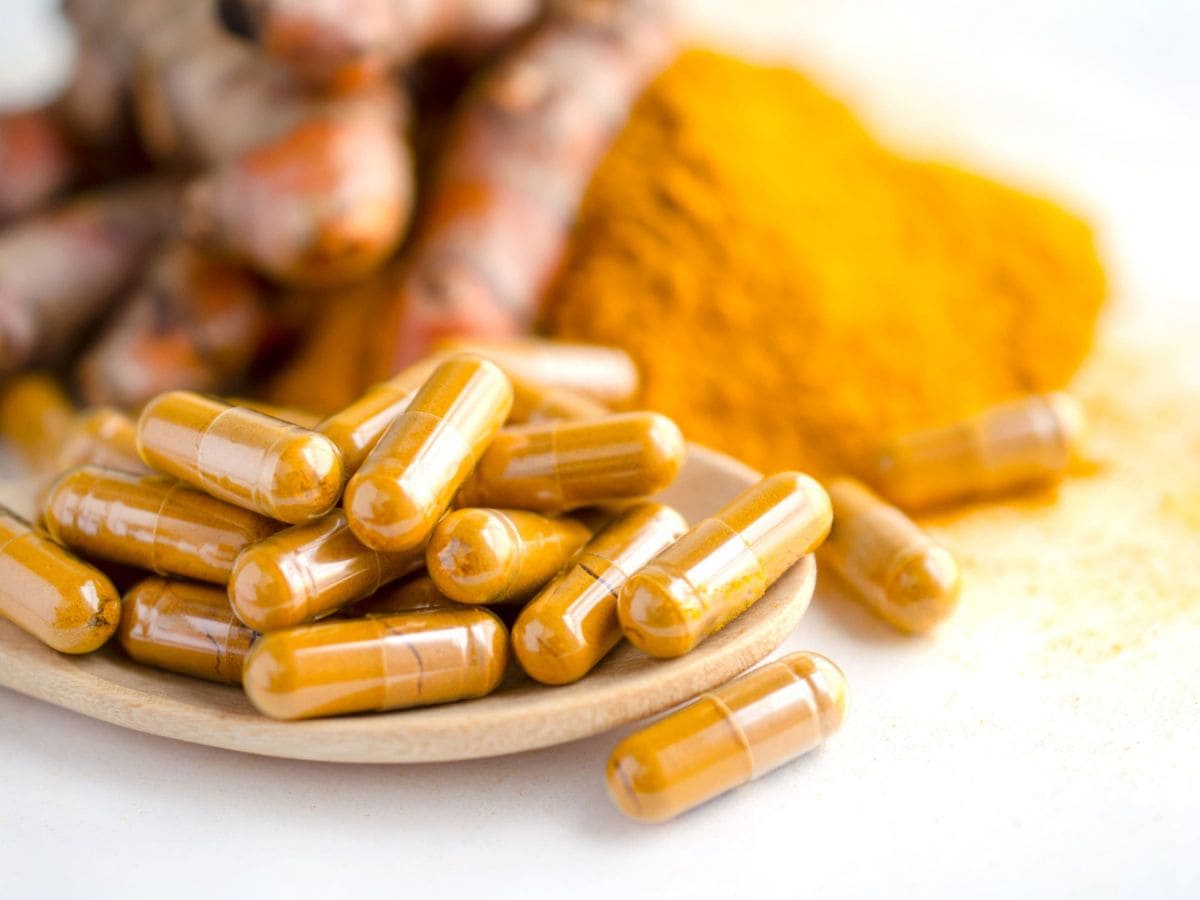
Epicondylitis: Tennis elbow and golfer’s elbow.
You may have heard of some of these two pathologies and most likely you have suffered from one of them or are prone to suffer from them in the future. We tell you why.
These two pathologies affect the soft tissue of the joints and are caused by different reasons such as certain habits and lifestyles.
Tabla de contenidos
What are tennis elbow and golfer’s elbow?
- Tennis elbow (lateral epicondylitis): The epicondyle is the area where the forearm muscles attach to the lateral bone of the elbow. Overuse of these muscles frequently occurs in sports such as tennis, where forced extension or rotation of the wrist or hand is performed.
- Golfer’s elbow (medial epicondylitis): Golfer’s elbow is a condition similar to tennis elbow, but less common. It is due to overuse of the muscles you use to make a fist.
What are the causes?
The causes of epicondylitis are the same as those of tendonitis. They usually occur in people older than 35 or 40 years because of:
- The overuse of a particular muscle or group of muscles that insert (attach to the bone) with their tendons in that epicondyle.
- The use of an inadequate posture or technique when performing a certain activity, which overloads a certain muscle group.
- The use of inappropriate equipment to perform an activity.
In this regard, it is worth mentioning two frequent scenarios in the development of these pathologies:
New lifestyles
Certain habits, more and more frequent, based on the excessive use of the computer, the continuous flexion of the elbow when talking on the phone or certain domestic and/or work tasks that involve prolonged gripping exercises, facilitate the appearance of injuries in the joints, tendons and ligaments. And it is here where the two aforementioned pathologies take on special prominence, which, curiously, can be asymptomatic at the beginning and their clinical symptoms manifest themselves after some time has passed when the main alarm mechanism has already been activated: pain.
Sports practice
On the other hand, the practice of sports can cause cases of lateral epicondylitis in amateur or amateur athletes who do not train correctly and do not have the proper advice.
In this sense, the increase of injuries during training and competitive activities, mainly in racquet sports, is becoming more and more pressing due to the lack of prevention as a fundamental element.
How to differentiate its symptoms?
The symptoms produced by epicondylitis vary according to the type:
- Lateral epicondylitis (tennis elbow): This is pain on the outside of the elbow that may extend down the forearm toward the wrist. The pain may increase when opening a door, shaking hands or hitting the outside of the elbow. In advanced stages the pain may occur with minimal activities (unlocking a door, lifting a cup of coffee, etc.) and even at rest, and may make it difficult to sleep. It is produced by repeated flexion and extension movements of the wrist (not the elbow) against resistance, such as those that occur when playing tennis or other racquet sports, removing weeds, painting, carrying suitcases or briefcases or using a screwdriver. These movements affect the muscles of the forearm, which attach at the top of the forearm to the outside of the elbow.
- Medial epicondylitis (golfer’s elbow): Consists of pain in the inner aspect of the elbow extending down the forearm, just opposite the tennis elbow. It is due to the continuous movements of flexion of the wrist in front of a resistance, as when making some golf shots, the launching of balls or diverse labor activities. It is less common than lateral epicondylitis.
What is the treatment of epicondylitis?
In general, the usual treatments for acute phase are the application of local cold, anti-inflammatory drugs, friction massage, corticosteroid injection and shock waves.
It is recommended, once the acute phase has passed, to carry out rehabilitation with strengthening and improvement of the flexibility of the local muscles. Also, in cases of persistence of pain despite the above actions, surgery may be indicated.
Although the usual recurrent practice to treat this type of injury is generally and widely installed in the use of non-steroidal anti-inflammatory drugs (NSAIDs), in the post (12, new therapies against pain…) we talk about new ingredients of natural origin and / or cutting-edge mineral, such as cannabidiol. that seem to be postulated as alternatives to the use of anti-inflammatory drugs, favoring the natural recovery of the injured tissue.



